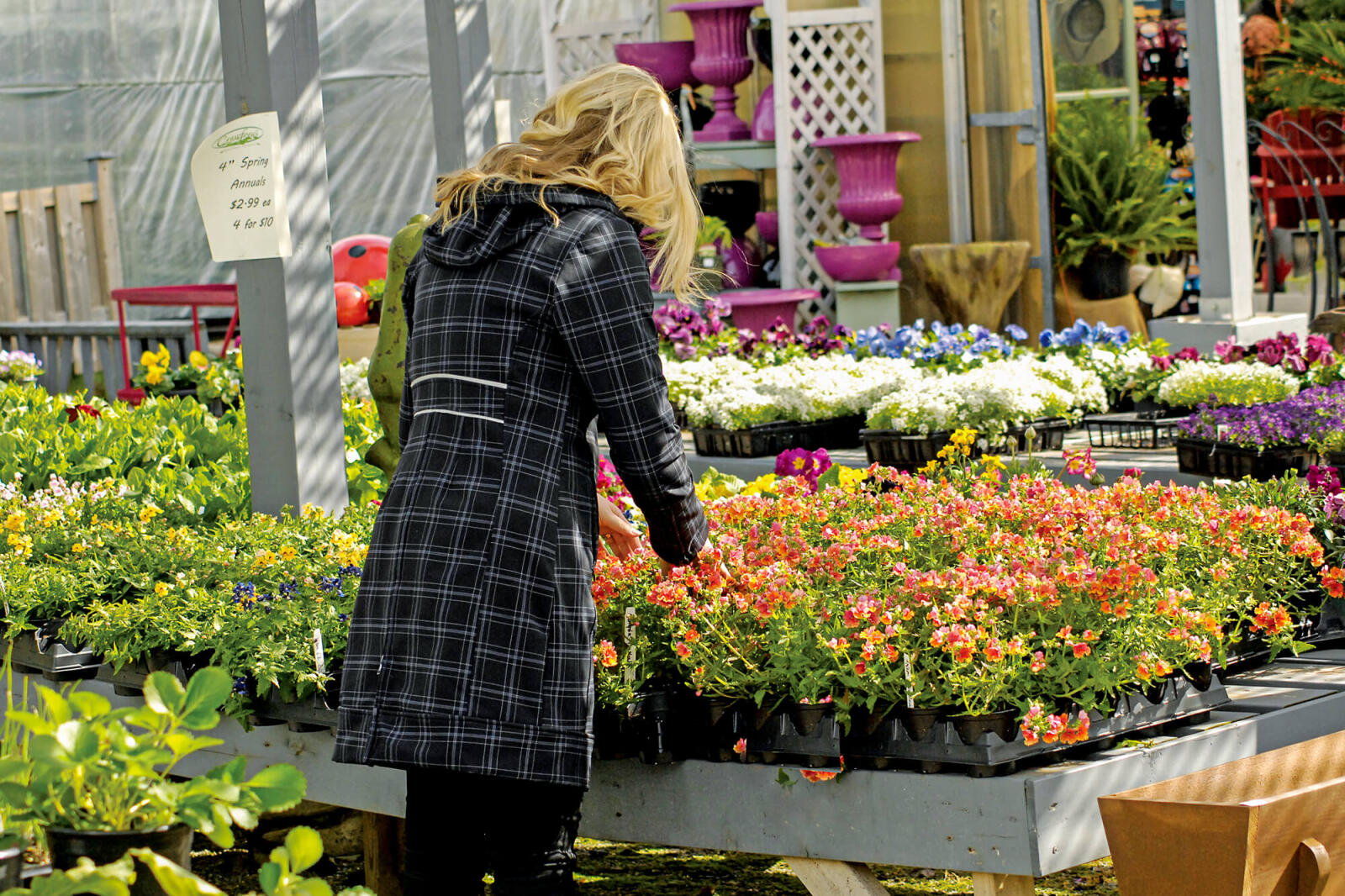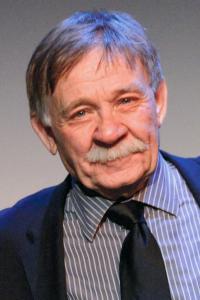May 2, 2018

Changes in sales processes might be challenging, but are often necessary to improve the bottom line.
Taking risks
BY ROD McDONALD When I was 20 years old, I had a part-time job at a local bakery where I delivered bread and goodies to six retail locations. It was two hours each morning except for Saturdays when it was three.
When I was 20 years old, I had a part-time job at a local bakery where I delivered bread and goodies to six retail locations. It was two hours each morning except for Saturdays when it was three.The head baker would often say to me ‘don’t let anything but fear hold you back.’
I don’t criticize or make fun of people for their fears. All of us have fears in one area or another and fears are not always rational. I played football as a young lad, yet I have a fear of eye drops rather than charging fullbacks.
Last week I was at a community meeting and a group of people were discussing how fearful they were of change. I get that. Change can be scary, but it can also be positive if we embrace it.
I told the group that if someone informed me that tomorrow morning I would be 30 pounds lighter, stronger and feel no aches from my arthritis, I would leap at that chance to change. We are not as afraid of change as we claim to be, I said. We change every day as we try to improve our lives.
I am not certain if what I said made sense to anyone except me, but I am sticking to my assertion that we don’t need to fear change (I am almost channelling FDR). More often than not, our fear of change is more disabling than the change itself. Rarely is change catastrophic.
I had a friend who was let go from her job at 55 years old. The change terrified her at first and then she settled into a search for a new position. Where do you find a great job when you are 55? She had a few interviews that appeared promising but didn’t pan out. She kept plugging away. Eventually she found a new job, where she went on to work for the next 12 years. She told me the new job was more rewarding than her old one and the change turned out to be good for her. Several recent conversations about the willingness to change lead me to this stream of consciousness.
I was advising a family-run greenhouse on how to deal with their parking shortage. The business started out with one greenhouse and a small parking lot out front. For a time, it worked, however as their business grew they added more greenhouses until eventually their parking lot was encircled and the increased traffic spilled onto the adjacent highway. The business owners knew they needed to significantly increase their parking spaces, but while they had the land, they were snookered by the surrounding greenhouses.
It was obvious the solution was to move two of their greenhouses further back on the property to free up space for parking. There was no other physical possibility.
Yet the business owners refused because they had built the greenhouses themselves and they didn’t want to rebuild.
I understood that reluctance, so I told them a story. Adrian Byland, the patriarch of Byland’s Nursery in Kelowna, B.C., and I were walking around his nursery in 1981. He had a small apple orchard that had been there for more than twenty years. He needed the space for his nursery products and the orchard had to go. Adrian said, “Do you know how difficult it is to tear down something that you built or planted with your own hands?” I understood. He was a practical man and finished by saying, “It has to be done.”
Sometimes we have to dismantle something we built to improve our businesses. At one time, a structure may have served us well, but it no longer serves that purpose. It is a hindrance and yet we can be reluctant to make a change. We hang onto things long after they outlive their original purpose. I get that. My dad died fifty years ago and I still have his typewriter in my basement. I often wonder, when I pass away, will my kids hang onto that typewriter saying “It must have been important to dad because he kept it for all of these years.” Hopefully my dad’s typewriter will not become a multi-generational heirloom albatross.
Often business owners will hang onto methods because “that’s the way it has always been done.” I remember the greenhouse operators in the 1980s who refused to change from fibre to plastic trays and from soil-based to soilless mixes. All of them are gone and, sadly, and many don’t understand what happened. Change can be baffling.
You never know how successful you can be until you try something new or different. I had a grower approach me many years ago looking to sell his poinsettias. I had been reluctant to do so as he grew his plants in a very compact manner. They were much shorter than the ones I usually sold. His sales pitch was simple: “Set a bench of mine beside a bench of yours and you will see that people prefer mine.” He had laid down the gauntlet. I gave it a try believing, deep down, that he was wrong and I was right. I set up two benches, side by side, one with his plants and one with mine. From the first day, his plants sold faster; I was proven wrong.
Improving the bottom line is a powerful catalyst for change. And being proven wrong is not a character defect when you learn and adapt.
Letting go of something secure is always going to be scary. I kept a poster hanging in the lunch room of my garden center stating: ‘You can’t steal second base by keeping your foot firmly planted on first.’ That poster was my constant reminder that risk is the proverbial four letter word. It can be scary, but it’s critical to success. Successful people see themselves not as risk takers but as opportunity explorers. They want to see how far they can go with an idea. They are prepared to learn from their mistakes.
I know a woman who developed a part-time business that has done well because she pays attention to detail. She has the opportunity to take the business full-time, but is reluctant because things are working well. I quote to her the poster about stealing second base. I understand there is comfort in security and risk is scary. Risk is also exciting and gets me out of bed in the morning.
Challenging the status quo is an important part of success. When I was a young man starting out in this trade of ours, I was told two absolute truths by the old guard. First, the greenhouse operators explained to me that come the first of June, you put everything on sale for half price. Sure enough, every June my phone would ring with customers looking for a sale. Secondly, nursery people told me that I might as well shut down on June 15 as tree sales were finished for the year. These were the two absolutes of their day.
These old guard operators were right. No one would pay full price after June 1 and there were no customers after the middle of June. However, they failed to recognize they had trained their customers to expect dramatic price drops. Being young and full of enthusiasm, I challenged both ideas. I started buying up the good quality greenhouse plants on June, and selling them to the cottage crowd well into July. I never put my bedding plants on sale, even though some people insisted I must. Second, I didn’t close down on June 15, instead marketing, “It is not too late to plant!”
It worked, albeit slowly. I was up against years of ingrained consumer habits. There was one day in July when the cash register was a negative as the only customer returned 10 bags of cedar mulch. There were lots of $50 and $60 days but eventually those dollar figures climbed. Extending the season and cancelling the June sales were risks that eventually paid off. I realize that being open year round is common place today, but that was not always the situation. The status quo changes when someone challenges its essence.
There will always be those who insist you are moving in the wrong direction. Some of those people will even laugh at the risks you take. At the end of the day, the long day, you will silence your critics; success has that effect.
The road to success is filled with fear, risk, criticism and sometimes failure. It is also filled with rewards that are not available to those who keep their left foot planted firmly on first base.
Rod McDonald owned and operated Lakeview Gardens, a successful garden centre/landscape firm in Regina, Sask. For 28 years. He now works full-time in the world of fine arts, writing, acting and producing in film, television and stage.